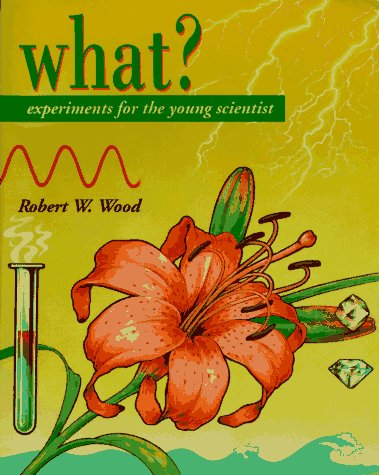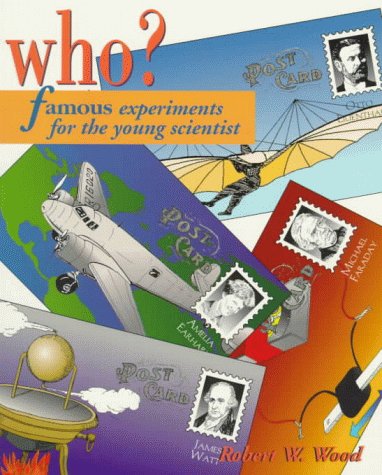Science for kids
5 total works
These experiments have been designed to teach readers how to measure the angle and attitude of the sun and stars, measure the diameter of the sun and moon, determine time and location from the sky, make maps of the stars and constellations, classify stars by temperature, use refracting and reflecting telescopes, and photograph star tracks. The book also provides instructions for building an astrolabe, a sundial, a cross-staff, a spectroscope, a sky clock, and other simple instruments.
This work provides answers to over 40 questions about where science happens, coupled with projects that demonstrate the scientific principles behind the answer. This approach, from the point of view of a curious child, should help parents and teachers not only provide accurate answers but also involve children in discovering answers for themselves. The text features safety icons that help adult readers to ensure the safe execution of each experiment. It is intended for parents and teachers who need supplemental resources for the science curriculum.
This work provides answers to over 40 questions, coupled with projects that demonstrate the scientific principles behind the answer. This approach, from the point of view of a curious child, should help parents and teachers not only provide accurate answers but also involve children in discovering answers for themselves. The book is divided into six disciplines: engineering; astronomy; chemistry; meteorology; biology; and physiology. In addition to science children also learn about history and the drama of scientific progress through these projects. Trivia at the end of each project suggest areas for further study and experimentation. The book concludes with a resource list of science suppliers, a comprehensive glossary, and a list of places appropriate for further observation and exploration.
This work provides answers to over 40 questions, coupled with projects that demonstrate the scientific principles behind the answer. This approach, from the point of view of a curious child, should help parents and teachers not only provide accurate answers but also involve children in discovering answers for themselves. These original experiments simulate the same projects that fascinated renowned scientists and launched their careers. It includes biographies of each scientist. The text features safety icons that help adult readers to ensure the safe execution of each experiment. It is intended for parents and teachers who need supplemental resources for the science curriculum.
A recent educational survey ranked American students fourth among eight industrialized nations in knowledge of geography. In a sample of American students tested, more than 1 in 5 couldn't locate the US on a world map. This book is designed to encourage geographic literacy among students and includes the use of globes and maps to identify points of interest, calculate distances and compare how population, animal life, vegetation and minerals are distributed among continents. Students also learn to draw maps to indicate the location of rivers, mountains, lakes, dams and canals. This book is designed to teach children a knowledge of geography while helping to develop an interest in world cultures, anthropology and current events.



